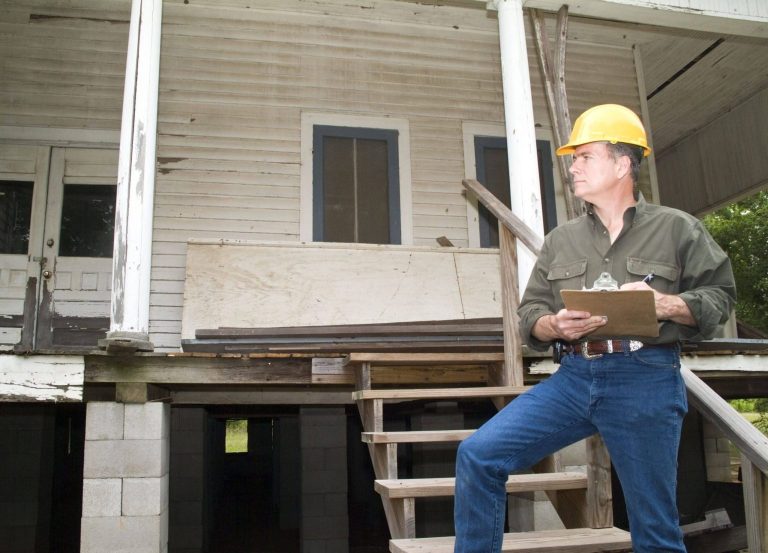Construction sites are some of the most hazardous workplaces in the United States. According to the Bureau of Labor Statistics, roughly 150,000 workers are injured on construction sites each year. That’s why the Occupational Safety and Health Administration (OSHA) sets strict safety standards for the industry.
Unfortunately, OSHA violations remain common and costly. Employers who fail to comply not only put workers at risk but also face steep fines, penalties, and reputational damage. At National Safety Partners, our mission is to help companies protect their teams and avoid unnecessary compliance issues.
Below, we highlight the Top 10 OSHA violations in construction and share strategies to stay compliant and safe.
What Is an OSHA Violation?
An OSHA violation occurs when an employer fails to follow federal safety regulations, either knowingly or unintentionally. Violations range from minor infractions to severe hazards that can cause injury or death. Penalties vary depending on severity, but fines can reach over $16,000 per violation and exceed $165,000 for repeated or willful violations.
The best defense against citations in California? Proactive training, inspections, and consistent compliance practices.
The Top 10 OSHA Violations in Construction
1. Fall Protection – General Requirements (Standard 1926.501)
For the 12th year in a row, fall protection tops OSHA’s list. Employers must provide guardrails, safety nets, or personal fall arrest systems for employees working at heights.
How to prevent it:
- Install proper guardrails and covers.
- Train workers on fall hazards.
- Inspect fall protection equipment regularly.
2. Hazard Communication (Standard 1910.1200)
Employers must label hazardous chemicals, maintain safety data sheets, and train workers on chemical handling.
How to prevent it:
- Keep safety data sheets updated and accessible.
- Label all hazardous materials.
- Train employees on hazard communication protocols.
3. Ladders (Standard 1926.1053)
Unsafe ladder use leads to thousands of falls each year. Common violations include broken rungs, improper placement, or using ladders beyond their rated capacity.
How to prevent it:
- Provide OSHA-compliant ladders.
- Inspect ladders before use.
- Train workers on safe climbing practices.
4. Respiratory Protection (Standard 1910.134)
When workers are exposed to airborne hazards, employers must provide respirators and ensure proper fit testing.
How to prevent it:
- Conduct air quality assessments.
- Provide appropriate respirators.
- Train employees on use, cleaning, and storage.
5. Lockout/Tagout (Standard 1910.147)
This standard prevents injuries caused by unexpected machine start-ups during maintenance.
How to prevent it:
- Develop written lockout/tagout procedures.
- Provide lockout devices and training.
- Audit compliance regularly.
6. Powered Industrial Trucks (Standard 1910.178)
Forklifts and similar equipment are often involved in accidents due to lack of training or poor maintenance.
How to prevent it:
- Certify forklift operators.
- Conduct routine vehicle inspections.
- Enforce safe operation rules.
7. Fall Protection – Training Requirements (Standard 1926.503)
Beyond equipment, workers must be trained to recognize fall hazards and use fall protection systems correctly.
How to prevent it:
- Deliver hands-on fall protection training.
- Refresh training annually or after incidents.
- Document all training sessions.
8. Scaffolding (Standard 1926.451)
Improper scaffold assembly or use can result in collapse, falls, or electrocution.
How to prevent it:
- Ensure scaffolds are erected by qualified personnel.
- Provide guardrails and access ladders.
- Inspect scaffolds daily before use.
9. Eye and Face Protection (Standard 1926.102)
Workers must have proper PPE when exposed to flying particles, chemical splashes, or radiation.
How to prevent it:
- Provide OSHA-compliant goggles or face shields.
- Train employees on when and how to use them.
- Replace damaged or worn PPE promptly.
10. Machine Guarding (Standard 1910.212)
Unprotected moving parts can cause serious injuries.
How to prevent it:
- Install machine guards on all equipment.
- Train operators on safe use.
- Maintain equipment regularly.
How to Avoid OSHA Fines
Avoiding violations isn’t just about passing inspections—it’s about creating a culture of safety. Here’s how:
- Invest in quality training. Workers should understand the hazards they face and how to protect themselves.
- Conduct regular safety audits. Identify and fix hazards before OSHA inspectors arrive.
- Document everything. Training, inspections, and corrective actions should be logged.
- Address issues immediately. Don’t delay corrections once hazards are identified.
At National Safety Partners in California, we specialize in OSHA-authorized training programs, from OSHA 10 & 30 to specialized equipment courses. With over 20 years of experience, we help construction companies reduce risk, improve compliance, and protect their most valuable asset—their people.
Stay Ahead of OSHA Violations
Don’t wait for an inspection to uncover safety gaps. Partner with us to keep your crews safe and your projects compliant. Explore our training programs today and take the first step toward a safer, violation-free workplace.




